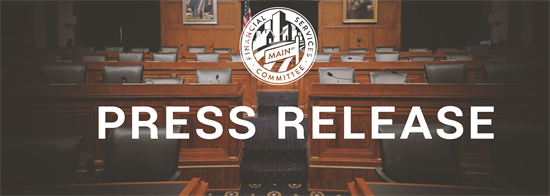Hensarling: Treasury Report Mirrors ‘Foundational’ Principles of Financial CHOICE Act
WASHINGTON,
June 14, 2017
House Financial Services Committee Chairman Jeb Hensarling (R-TX), the sponsor of the Financial CHOICE Act, issued the following statement on the Treasury Department’s first report to President Trump on how to improve the U.S. financial regulatory system: “President Trump promised that his administration would ‘dismantle Dodd-Frank’ because of all the economic harm it causes hardworking Americans, and that is exactly what House Republicans voted to do last week in passing the Financial CHOICE Act. The House took bold action, and I am enormously encouraged that the Treasury Department’s first set of recommendations closely mirrors key, foundational principles that are in the Financial CHOICE Act. This is a big step forward in crafting a more sensible, less burdensome regulatory system so we can have a healthy, growing economy with greater opportunities for all Americans. The Financial CHOICE Act is a legislative plan of action. Treasury’s report is an administrative plan of action. They are not identical and are not meant to be. But as Congress and the Administration work together, I’ll encourage an even greater focus on helping community banks and credit unions because small businesses and millions of American families rely upon them.”
|


